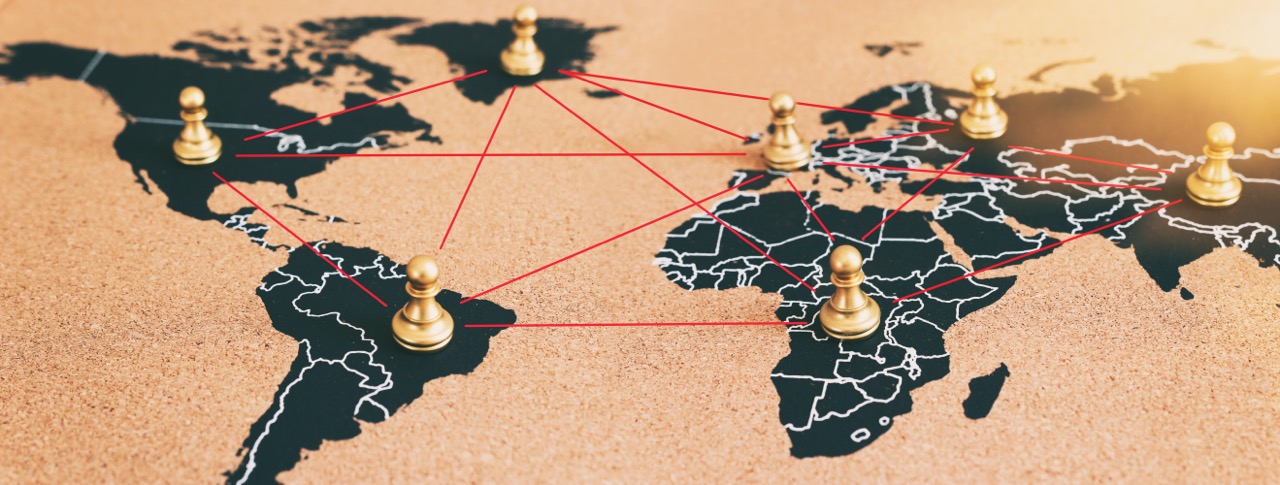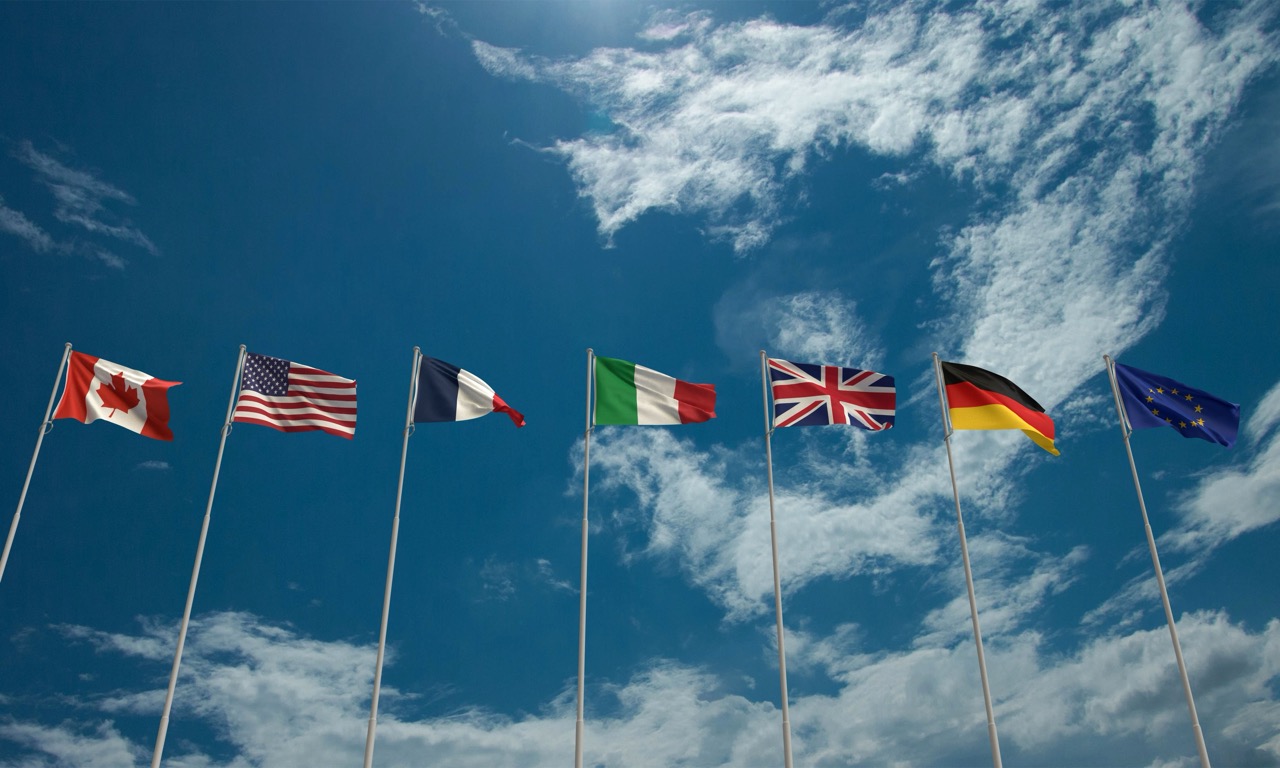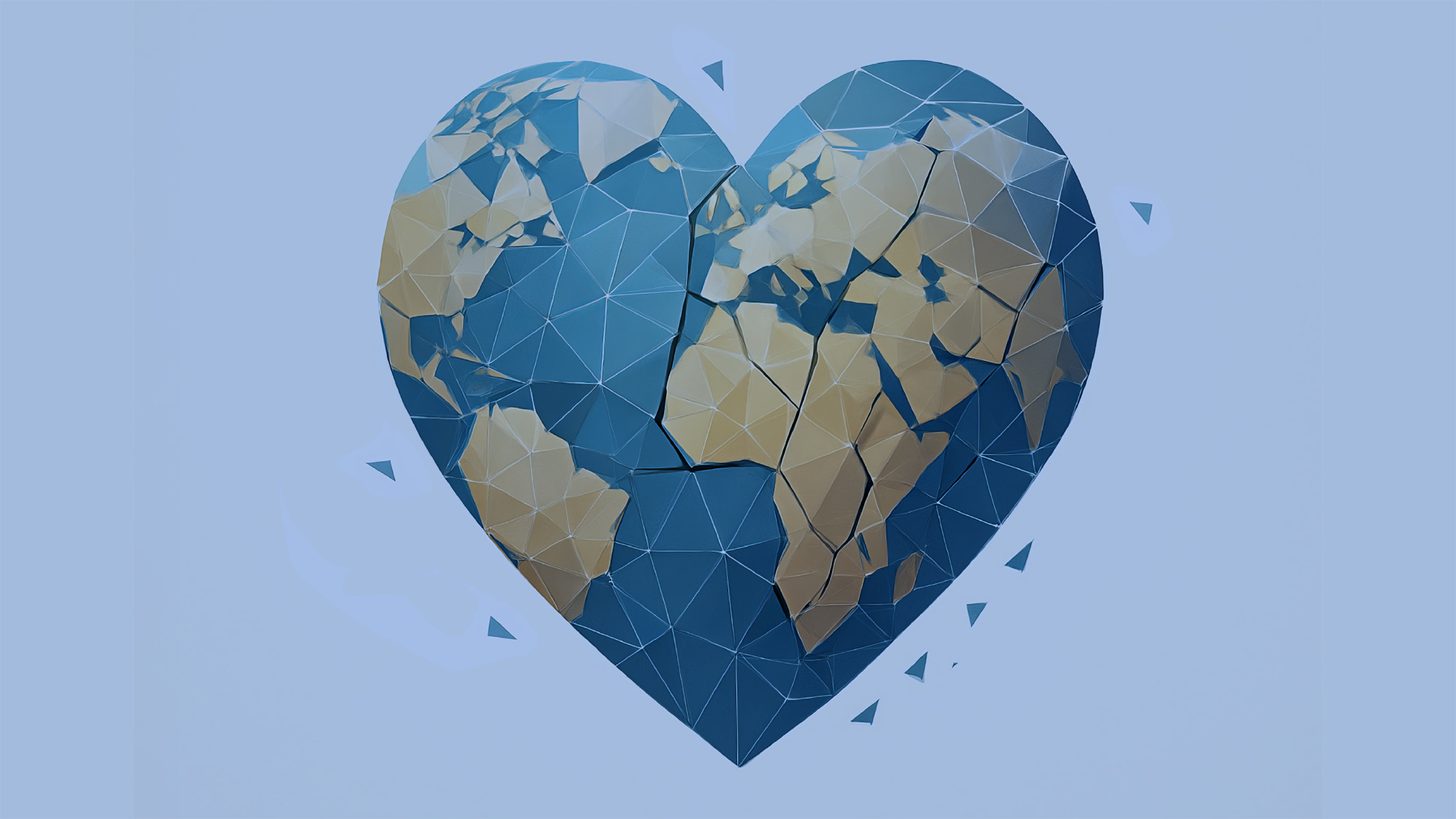Crisis of a century
Jeffrey L. Sturchio, CEO, Rabin Martin, looks at how the private sector is contributing to controlling COVID-19 – and offers three recommendations for cooperation with other actors to ensure equitable distribution of future treatments
As British science journalist Laura Spinney wrote, a pandemic is “a social phenomenon as much as it is a biological one; it cannot be separated from its historical, geographical and cultural context”. In a world so globally interdependent, COVID-19 has exposed inequalities along the gradient of socio-economic status all over the world, and weakened economies and the body politic. No one can escape its impact, with millions infected and hundreds of thousands dead in just a few months. Yet the pandemic is also sparking scientific and medical innovations that show hopeful signs of a way out of the crisis.
During a crisis, all partners must rely on one another, including the private sector. Collaboration is key to ensuring that vulnerable populations – especially those in low- and middle-income countries – are not left behind. The global response should leverage the private sector’s expertise, capabilities and resources, particularly in procurement and supply chain management, manufacturing, and healthcare research and development. The private sector can also help prepare for the next pandemic, as the work of the Private Sector Roundtable of the Global Health Security Agenda shows. Companies are increasingly including emergency preparedness as a critical component of their sustainability plans and strategies.
Work reoriented
In responding to the COVID-19 crisis, biopharmaceutical companies immediately reoriented their efforts to find new therapeutics and a safe, effective vaccine. The Bill and Melinda Gates Foundation, the Wellcome Trust, Mastercard and some 15 biopharmaceutical companies are working in the COVID-19 Therapeutics Accelerator to identify potential treatments, accelerate their development and prepare for the manufacture of billions of doses for use worldwide. Companies have also joined other collaborations, such as those sponsored by the US National Institutes of Health (the Accelerating COVID-19 Therapeutic Interventions and Vaccines partnership) and the European Union’s Innovative Medicines Initiative, along with the World Health Organization’s global collaboration through the Access to COVID-19 Tools Accelerator to develop, produce and ensure equitable access to new COVID-19 diagnostics, therapeutics and vaccines. Its COVAX facility, led by Gavi, the Vaccine Alliance, the Centre for Epidemic Preparedness Innovations and the WHO, has more than 165 countries working together to scale up manufacturing and provide equitable access to billions of doses of COVID-19 vaccines. Each initiative brings together leading biopharmaceutical research companies with the public sector to prioritise diagnostic, vaccine and drug candidates, streamline clinical trials, coordinate regulatory processes, expand manufacturing and distribution of new interventions globally and respond in a rapid, coordinated manner to both COVID-19 and future pandemics.
The pace of innovation to find safe and effective COVID-19 vaccines and therapeutics has been unprecedented. By early April, nearly 300 clinical trials were testing therapeutics against COVID-19 infection, with Gilead’s remdesivir the first treatment granted an Emergency Use Authorization by the US Food and Drug Administration on 1 May. On 30 July, the National Institutes of Health noted that dexamethasone, used for decades, provided a mortality benefit in treating hospitalised patients who required supplemental oxygen. By mid-August, more than 1,000 trials involving 401 drugs were registered on clinicaltrials.gov. By then, 29 vaccine candidates were in clinical trials and another 138 in preclinical evaluation. By 30 March, the Food and Drug Administration had authorised more than 20 new diagnostics for COVID-19; by August, this number had increased to 217. And by the end of the year, vaccines were beginning to be approved for distribution.
The private sector is also ensuring the health and safety of employees, their families and communities; contributing to global and local solidarity funds to support community efforts and healthcare workers; donating personal protective equipment and enabling doctors and nurses in its employ to volunteer in hospitals and clinics; maintaining the supply of their medicines, vaccines and other essential products so health systems can maintain continuity in caring for non-COVID-19 patients; and supporting patient and caregiver groups to ensure their safety nets are not disrupted.
However, as with any ‘problem without a passport’, the private sector cannot do this alone. Once new technologies to combat COVID-19 are developed, companies need the cooperation of the public sector and other actors to ensure that the appropriate regulatory, health systems and distribution infrastructures can deliver these medicines and vaccines to those in need. Low- and middle-income countries will be at particular risk with fragile health systems, limited resources and hard-to-reach populations.
I thus offer G7 leaders three recommendations:
•Solidarity: We are learning about healthcare resources being diverted from basic health needs, such as maternal health or immunisations, in favour of COVID-19, and necessary supplies being commandeered by wealthier purchasers in the global market. G7 leaders must ensure these primary health services and essential medical supplies and devices continue to be delivered equitably so that vulnerable populations do
not get left behind. This will be even more important as new treatments and vaccines to fight
COVID-19 become available. Responses framed in terms of vaccine nationalism are not helpful – given the nature of the coronavirus pandemic, we will not be safe anywhere until we are safe everywhere.
•Resilience: Particular attention should be directed to the needs of low- and middle-income countries. Development assistance must be allocated effectively to support the health priorities of partner countries. Steps should be taken to build the resilience of these health systems – to ensure long-term sustainability and the capacity to withstand future crises without threat of collapse.
•Preparedness: G7 leaders must ensure these lessons are not lost after the crisis passes by investing in global health security and pandemic preparedness around the world. The Global Health Security Agenda provides an appropriate forum to share lessons learned. Leaders should focus now, as economies slowly reopen, on planning for potential new waves of coronavirus outbreaks and possible worst-case scenarios.
G7 leaders have a historic opportunity to break out of the cycle of panic and neglect that has characterised pandemic response for centuries. A coordinated, well-resourced global plan for pandemic preparedness – including partnerships with the private sector at global, regional and national levels – would be a positive legacy of the COVID-19 pandemic. Such a plan would make it possible for humans to get ahead of the bugs and avoid the global chaos that the next pandemic could cause.












